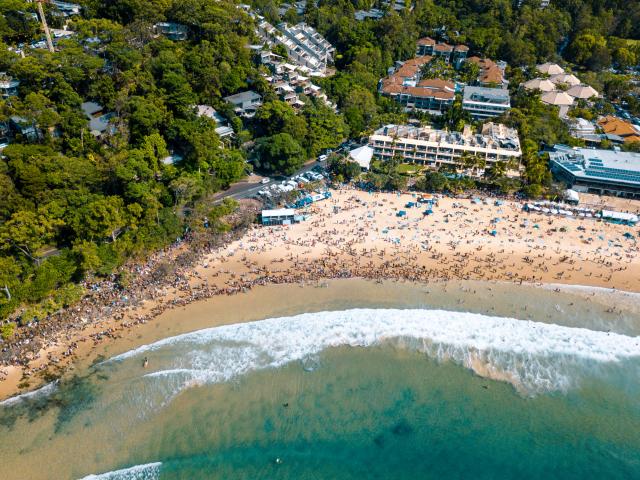Noosa’s houses recorded a median weekly asking rent of $800 in the June quarter, according to Domain’s recent Rent Report.
The report highlighted that Australia’s rental market remains locked in favour of landlords, as limited supply pushes asking rents to further historic highs.
While the market is showing signs of slowing as vacancy rates incrementally increase from record lows, rental price growth across the combined capital cities remains on its longest continuous stretch on record.
When it comes to the Noosa LGA, houses recorded a median weekly asking rent of $800 – an annual rental increase of 5.3 per cent, and up from $760 in the last quarter. When it comes to median rental yields, this sat at 3.68 per cent, marking an 6.3 per cent increase from last year.
Key factors contributing to a tight rental market include the quicker-than-expected return of international students, the revival of overseas migration, as well as tenants opting to rent for longer due to financial barriers to home ownership.
Domain’s Chief of Research and Economics, Dr Nicola Powell said, “The colliding mismatch of heightened demand and supply side constraints has continued to place pressure on house and unit asking rents across Australia.”
“This has resulted in records being set in most capital cities, including the longest stretch of continuous rental price growth on record for Melbourne house and unit rents, together with houses in Adelaide and units in Sydney and Brisbane. The only capital cities bucking the trend of quarterly price growth are Canberra and Hobart for both units and houses, and Darwin for units.
“The acceleration of unit rents across the combined capitals, and particularly in Sydney, Brisbane and Perth, has seen the price gap between property types narrowing. Adelaide, Darwin and Hobart are currently the only cities where house rents outpace the quarterly growth of unit rents. This narrowing in the price gap is a reflection of the heat in the rental market right now – with affordability constraints driving greater demand to units, and overseas migration bolstering demand in inner city locations often dominated by units,” Dr Powell added.
With net overseas migration estimated to be at a record high over the previous and current financial year, Domain estimates roughly 127,000 additional dwellings will be needed this financial year alone.
Further exacerbating this is the unprecedented headwinds faced by the construction industry, which have prompted a slowdown in new builds – and subsequently, new supply.
Dr Powell said, “With a number of factors at play, there needs to be a seismic shift in supply to address the challenges being faced.”
“In fact, our research shows that more than double the rental listings needed today to create a balanced rental market. There is no one-size-fits all solution to these challenges.
“Rising investor activity is needed, the build-to-rent sector advanced, additional rental assistance provided for low-income households, more social housing and assisting tenants transition to homeowners.”
Despite the heat in the rental market, conditions are beginning to reveal a marginal improvement for tenants.
While vacancy rates are remaining stubbornly tight, all capital cities and regional Australia have seen vacancy rates increase from recent historic lows, including the vacancy rate in regional Australia being the highest since August 2020 (1 per cent).
This lift could be attributed to factors such as growing consolidation of housing (either a house share or smaller dwelling) or tenants opting for a more affordable rental (either property type or location).







